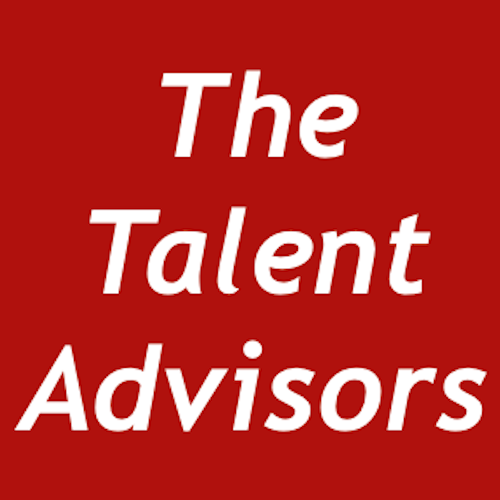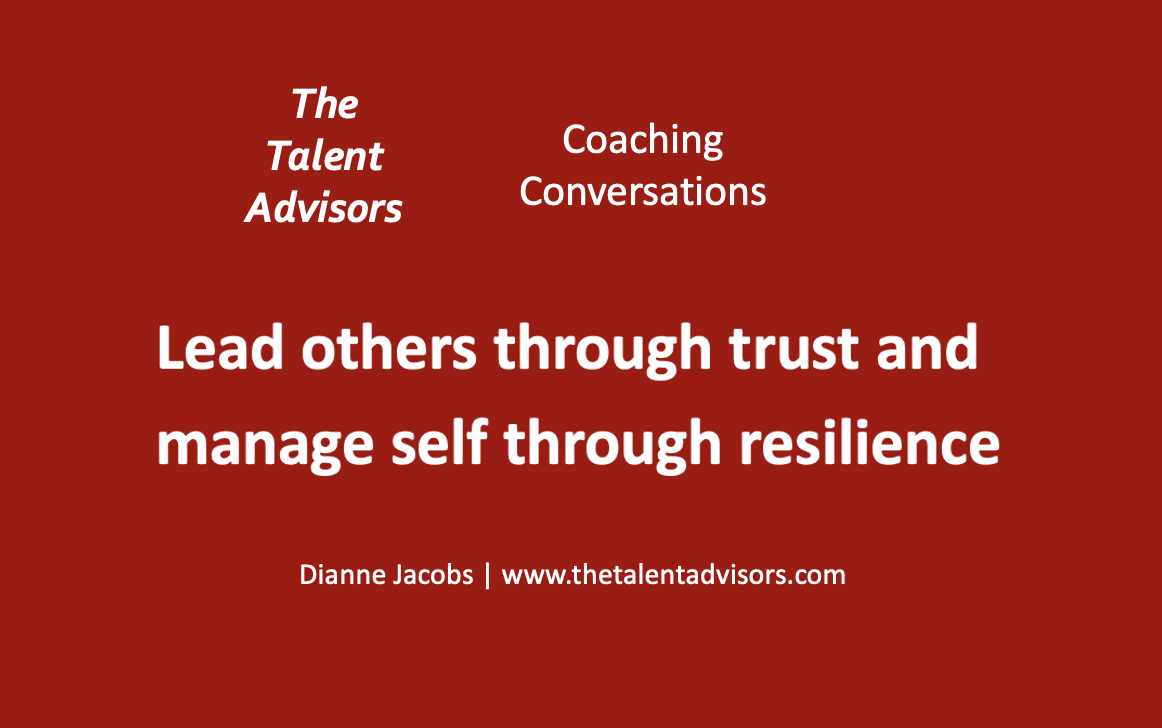TRUST: A LEADERSHIP ROADMAP
This article is part of our Insights For Action series. Join the mailing list to receive this and more.
Executives usually have a strong sense of who they are and how they want to behave. It has been developed and tested over their professional and personal life; leading to a ‘road-map’ that informs how they operate.
Mutual trust and integrity are key components of that leadership ‘road-map’ and requires constant nurturing. It often comes down to whether there is mutual respect, that people feel safe and whether they can count on and rely on actions and motives.
Impressions of managerial leaders are formed from present and past interactions, fairness in policies and decisions, communication that is open and consultative, control levels that are appropriate, the values and ethics that guide the difficult decisions and consistency of actions.
In many ways, the power balance is not out of kilter.
In my coaching conversations with executives a key question I ask is: “what type of leader do you want to be?” followed by “How will you make this happen?” As we know, leadership is complex. The discussion that unfolds explores what needs to be in play for mutual trust and what gets derailed when trust is lacking.
Here is a snapshot of those discussions:
Strong views and opinions are part of what gets an executive into the leadership suite. In fact, some disagreement is valuable and even healthy. To execute strategy there needs a fine balance of constructive competition between some functions and aligned cooperation connecting others.
In high-trust cultures, people may debate rigorously, but they also cooperate with each other easily, viewing others as equal partners who readily commit to the best overall future. Intellectual depth, breadth and ingenuity are fostered. If divisional power-interests or turf wars dominate, then directive clout stifles collegiality and heightens combativeness.
The difficulty is to shape an environment that is safe enough to promote difference and give a voice to silent questions and change agents, but intense enough to create high-performance. One of robust decision-making, with unified decision taking. Where the silos and boundaries don’t work against the organisation.
Strong managers recognise excellence and growth in others, allow job sculpting by their reports, share needed information, build varied, diverse relationships and can be vulnerable. They hold people accountable but without micromanaging them.
We feel more comfortable with people we know and like. Stakeholder maps reveal where a trusted relationship needs to be built and maintained, particularly as networks, teams and collaboration are key to business.
The critical relationships are the Board with the CEO; the CEO with the executive team that makes up the C-Suite, Director to Director trust, the Board with shareholders or members; and the myriad of connections and collaborations that exist within and across teams, with colleagues, with providers and, of course, clients.
The adage ‘trust but verify’ reminds one not to be naive, but it also signals the underlying concerns.
Sustained trust is an ongoing process that relies on maturity, perspective, empathy, empowerment, engagement, ethical behaviour and respectful relationships.
As shown in the Governance Institute Ethics Index there are key factors that ensure ethical behaviour and issues that signal unethical conduct.
According to the index report, Australians continue to believe that those at the most senior level within organisations, have the most influence over ethical work practices and outcomes, with net score of 71% for CEOs and 70% for Board of Directors. Senior management also has a high net score (68%)
Executive development initiatives that advocate a trust-based model often create a more successful organisational leadership roadmap. Discover more >>
Copyright and All Rights Reserved | About Dianne Jacobs



